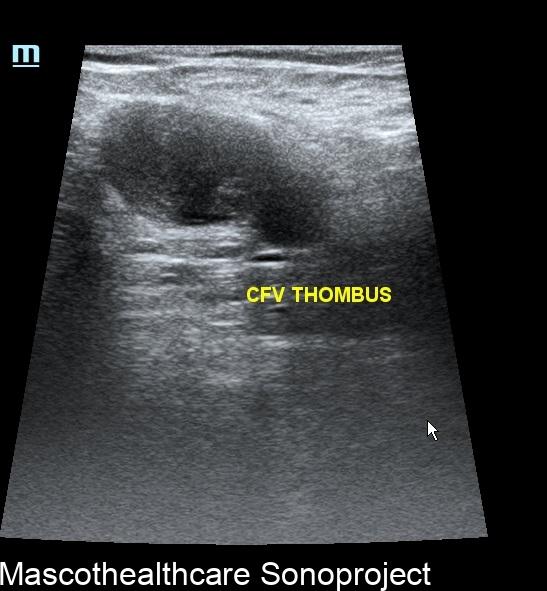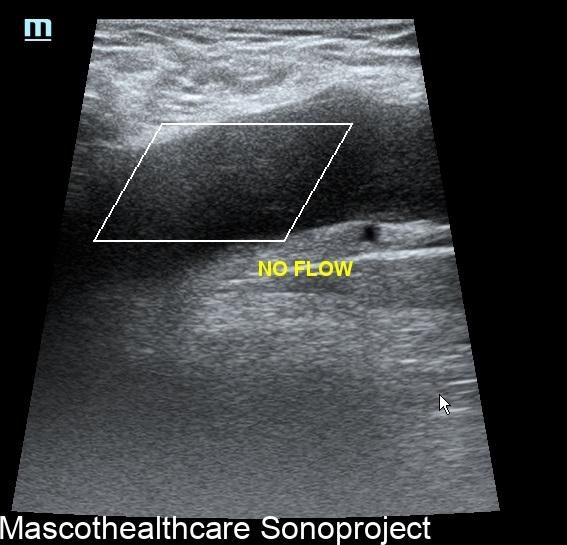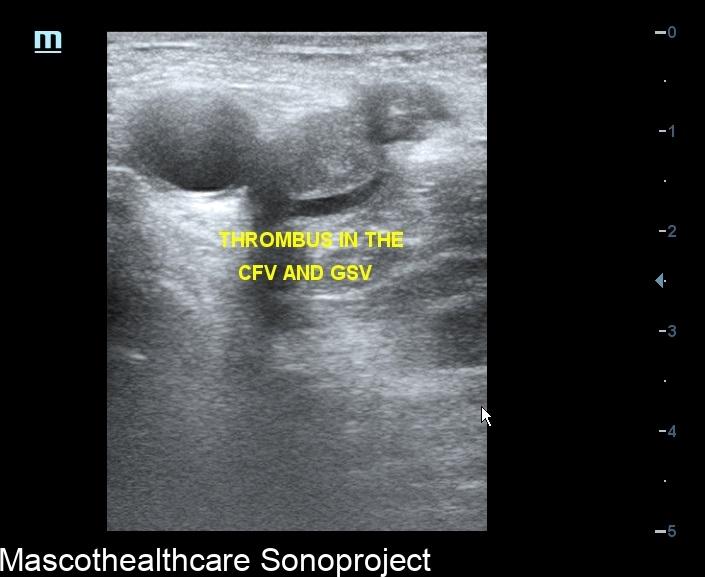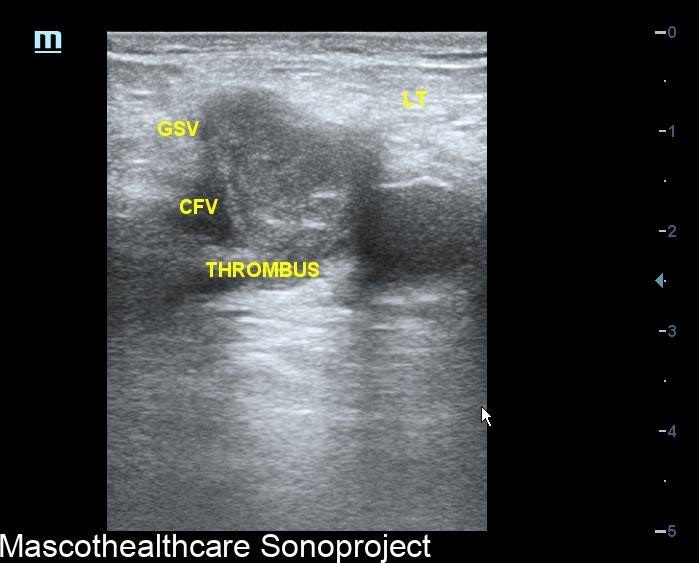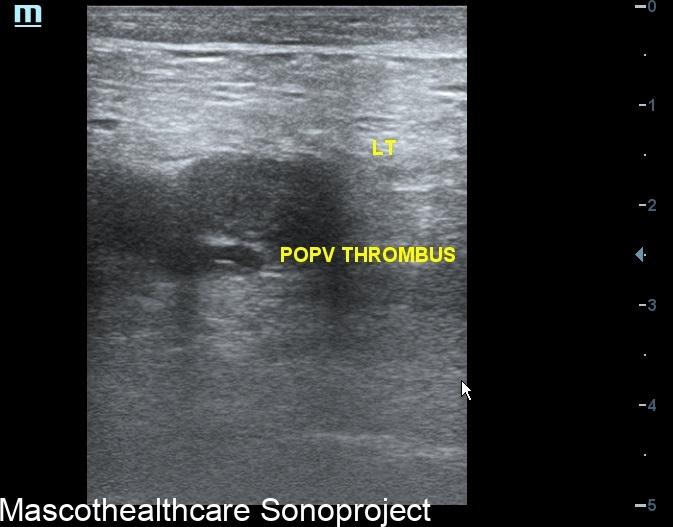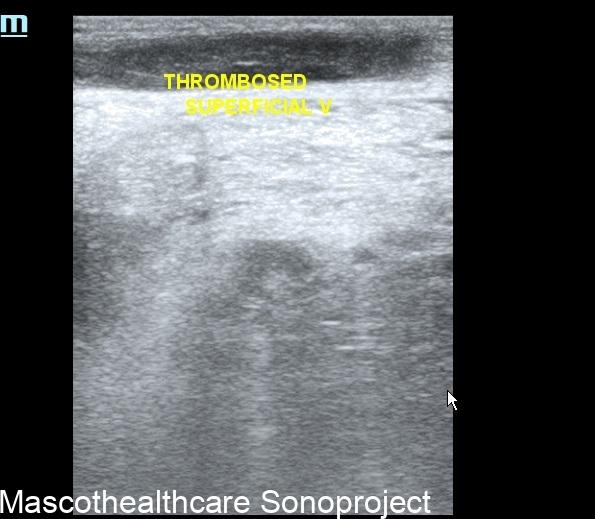Lower limb venous ultrasound is an imaging technique that plays a crucial role in assessing the veins in the lower extremities. This non-invasive and safe procedure is commonly used to evaluate the blood flow, identify abnormalities, and diagnose conditions affecting the veins.
Uses of Lower Limb Venous Ultrasound:
- Deep Vein Thrombosis (DVT) Detection: One of the primary applications of lower limb venous ultrasound is the detection of deep vein thrombosis. DVT occurs when blood clots form in the deep veins, usually in the legs. This condition can be life-threatening if the clot travels to the lungs (pulmonary embolism). Venous ultrasound helps identify the presence, location, and size of blood clots, enabling timely intervention. Sonographic features of acute deep venous thrombosis include venous distension with echogenic material and non compressibility. This may transform to thickened walls, more hypoechoic clot and canalization of the clot in chronic cases.
- Superficial Vein Phlebitis and Thrombosis: Another common use of vascular venous ultrasound is detection of clot within superficial veins or inflammatory features. Identification clot at the GSV-Femoral junction also carries significant risk of embolic events. Sonographic features of thickened venous walls, adjacent fluid or subcutaneous edema may suggest phlebitis.
- Chronic Venous Insufficiency (CVI): Lower limb venous ultrasound is instrumental in diagnosing chronic venous insufficiency, a condition where the valves in the veins are damaged, leading to poor blood circulation. This can result in symptoms such as leg swelling, pain, and skin changes. Venous ultrasound provides valuable insights into the extent of venous reflux and helps plan appropriate treatment strategies. Sonographic parameters that suggests insufficiency are venous reflux time lasting up to 0.5 secs at the saphenofemoral junction or 1secs at the deep femoral veins.
- Varicose Vein Assessment: Varicose veins are enlarged, twisted veins that often appear on the legs. Venous ultrasound aids in evaluating the severity of varicose veins and identifying the underlying causes, such as valve dysfunction. This information is crucial for planning interventions like endovenous laser treatment or sclerotherapy.
Importance in Vascular Health:
- Early Detection and Prevention: Lower limb venous ultrasound allows for the early detection of conditions such as DVT and CVI, enabling timely intervention and preventing complications.
- Tailored Treatment Plans: By providing detailed information about the venous system, this imaging technique allows healthcare professionals to tailor treatment plans to address specific issues, whether it be through medication, lifestyle changes, or interventional procedures.
- Monitoring Treatment Progress: For individuals undergoing treatment for venous conditions, follow-up ultrasounds can be used to monitor the effectiveness of interventions and make adjustments to the treatment plan as needed.
Conclusion: Lower limb venous ultrasound is a valuable tool in the diagnosis and management of various vascular conditions affecting the veins in the legs. Its non-invasive nature, coupled with its ability to provide detailed and real-time images, makes it an essential component in the field of vascular health. Regular screenings, particularly for individuals at risk, can contribute significantly to the early detection and prevention of serious venous conditions, ultimately promoting better overall vascular health
ULTRASOUND IMAGES OF DEEP VENOUS THROMBOSIS
